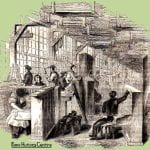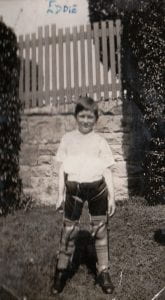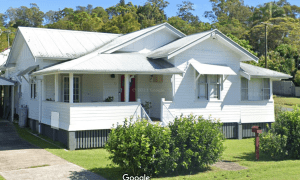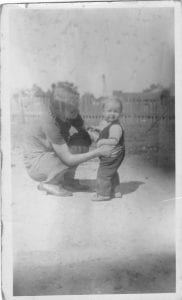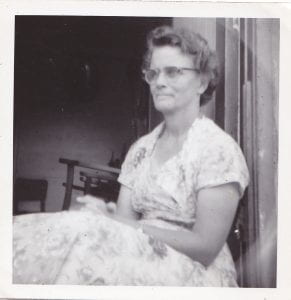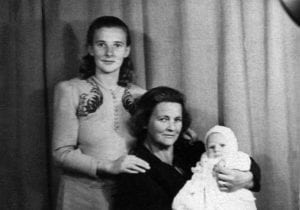Over the last few years, my blog has been dormant because sometimes life just happens. But this year, I am going to get back into my blogging and have decided to join this years 52 Ancestors in 52 Weeks. The prompt for Week 1 is “Family Lore”.
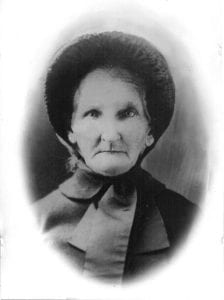
Mary Ann during her time as a Salvation Army member
Many of us family historians start out journey with family stories that have been passed on by family members. In my own family, I had a Great Uncle who had traced his family tree (which is my maternal line) during the 1980s and handed me a lot of his research when I became interested in doing family history. One ancestor which intrigued me was a woman called Mary Ann Green who was my 3x great grandmother. She was also one of the few ancestors that I had seen a picture of when I first started family history.
The family lore was that she had been born on the Hawkesbury River in 1830 to unknown parents who had ‘come free’ from England. The story was that her parents were unknown as when Mary Ann was 3 years old, both her parents had drowned in the Hawkesbury River Floods of 1833. Perhaps the thought of Mary Ann losing her parents at such a young age also piqued my interest, so I did some digging to find out more about Mary Ann.
Firstly, I searched for information about the 1833 flood of the Hawkesbury River. If people had drowned, surely there would have been a mention somewhere? Lo and behold, after many hours of internet searching and consulting with the Hawkesbury Library Service I found that there was no flood of the Hawkesbury recorded that year. I puzzled over this, but thought perhaps the date had been remembered wrong. However, when looking at Mary Ann’s marriage and death records I found no clues as to who her parents were.
Looking on NSW births, deaths and marriages I found a number of Mary Ann Green’s born either in 1830 or the few years before and after. I diligently ordered transcripts of likely looking records, only to find none of the Mary Ann’s were born anywhere near the right area. I was confident that she had indeed been born in the Hawkesbury area as every other certificate I had that related to Mary Ann confirmed that she had been born in the Hawkesbury area.
After many years of on and off research, I connected with a distant family member on Ancestry who was related to Mary Ann via her second marriage. I had noticed that this person had a birth date and parents for Mary Ann, so I reached out to them to see where they had got their information from. Well, that proved to be an excellent decision as it turned out she had got this information from a mix of family lore and a very well researched family history book.

Mary Ann’s Baptism Record
It turns out the elusive father of Mary Ann that I had been searching for any evidence of was not in fact her father and her surname was not Green. Rather, Mary Ann had been born to Dorothy Pickett and William Parsons. Not much is know about William Parson but Dorothy was the daughter of two convicts, with her father arriving on the First Fleet and her mother on the Second Fleet. After that, finding a record of her Baptism was a piece of cake. So, in that case the family lore was proved incorrect. Perhaps it started as a way of covering up the ‘convict stain’ as I have found in other areas of my family.
However, all was not lost with Mary Ann. Another piece of lore passed on about Mary Ann’s funeral was proved correct. Mary Ann died in 1914, and my Great Uncle wrote that Mary Ann’s funeral cortege proceeded down the main street of Penrith, NSW (where she had been living with her daughter) and was accompanied by the local Salvation Army band on its journey to the cemetery. This was proved to be accurate through Mary Ann’s obituary, which was published in the local newspaper. A notice about the funeral was also published in the Salvation Army publication The War Cry, which described how her funeral cortege was accompanied up the main street of Penrith by the band and a contingent of the local Corps Soldiers (church members).

Account of Mary Ann’s funeral in The War Cry
